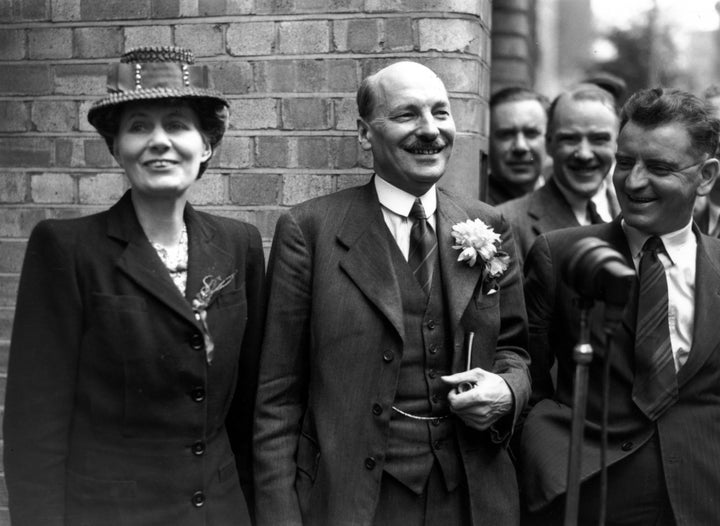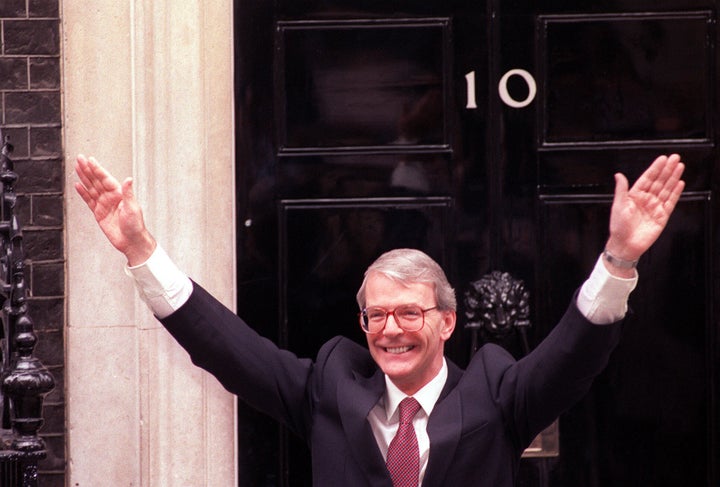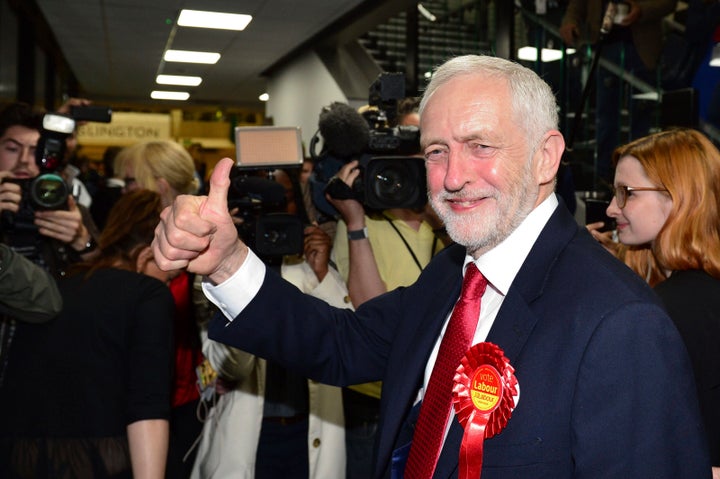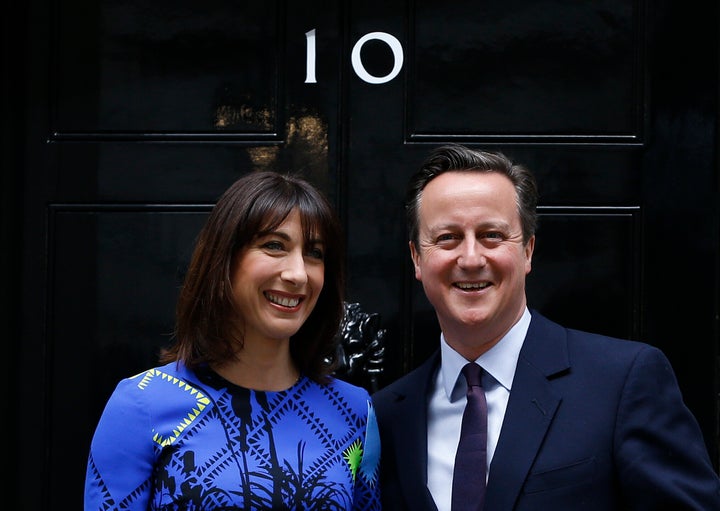With polling suggesting the Conservative Party is heading for a majority, is there anything to play for in the final hours of the campaign?
Earlier this week, Labour’s John McDonnell predicted the general election result will prove even more of a “shock” than in 2017.
The shadow chancellor said there would be “interesting results” all over the UK, and suggested that the electorate would work out how best to vote to defeat Tory candidates via tactical voting.
“Some of you were shocked in the 2017 general election, I think there will be even more shock this time round,” he said.
And post-war history history suggests expectations can be turned on their head. Here are five results that ‘shocked’ for one reason or another.
1945
Winton Churchill was probably the most popular British prime minister of all time, but was ousted after five years in power despite steering the country through the Second World War.
Churchill was chosen to become to PM in May 1940, replacing Neville Chamberlain after his resignation and leading the newly-formed national coalition government, which included Clement Attlee, the leader of the Labour Party, Liberal party leader Sir Archibald Sinclair and Chamberlain himself.

But the war became Churchill’s defining mission, and when it ended he was left without a clear domestic agenda. By contrast, Labour had been vociferous in the need for social reform, which culminated in 1942′s Beveridge Report, which laid the ground work for a welfare state and the creation of the National Health Service.
The polls had switched decisively in Labour’s favour when they returned in 1943, and Attlee swept to victory with a 10.4% vote share increase - a swing that has not been overtaken since.
1992
One of the great election mysteries is how the Conservative Party managed to secure a fourth majority in a row, with the influence of the media (“It’s The Sun Wot Won It”) and the advent of the phrase ‘shy Tory’ hotly-debated since.
John Major had been chosen as Tory leader in November 1990 after Margaret Thatcher’s dramatic fall from power, which was endemic of the party’s splits over Europe. Here was a governing party, which had been in power for 13 years, in the middle of a prolonged recession and with house prices collapsing.
The conditions were favourable for Neil Kinnock’s Labour Party, and opinion polls had the Opposition edging ahead on the eve of the vote and commentators predicting a hung parliament.

But a swing of 3.6% from the Tories to Labour was not enough to stop Major securing a majority of 21 seats - a performance that has not been bettered by a Tory leader since. To put the ‘shock’ into context, an analysis by the FiveThirtyEight website suggests there was a 9% difference between what the polls predicted and the actual result - the biggest gap for any election between 1945 and 2017.
2017
Two years ago, Theresa May called a snap general election as her Conservative Party held a double-digit lead over Labour. While all polling narrowed as “the Maybot” had a nightmare-ish campaign, very few were predicting a hung parliament - which was the eventual outcome.
Labour leader Jeremy Corbyn’s leftist populism appeared to strike a chord with younger voters (though a ‘youthquake’ was largely disproved) and he appeared more authentic compared to May repeating her “strong and stable” mantra.

In the event, Corbyn secured a 40% share of the national vote - higher than Tony Blair achieved in 2005 - as the Conservatives lost 12 seats, leaving them short of a majority.
Corbyn also increased Labour’s share of the vote by 9.6%, more than any other of the party’s election leaders since Attlee in 1945.
2015
When David Cameron secured the slimmest of majorities for the Conservative Party in 2015, it was against expectations from all pollsters that an outright win was not possible.
Most of them were predicting a hung parliament or a small majority for Ed Miliband’s Labour Party - until the election night exit poll dropped. The Tory plan to target their Lib Dem coalition partners, particularly in the South West, had proved successful.
An inquiry into the inaccurate predictions said polls should be taken with more of a pinch of salt by the media while pollsters should be more transparent in disclosing how they arrive at their results.

The independent inquiry was commissioned by the British Polling Council (BPC) and the Market Research Society (MRS) in the aftermath of the Conservatives emerging with a 6.5% margin of victory.
The inquiry blamed unrepresentative sampling as the primary cause for the polling failures with systematic over-representation of Labour voters and under-representation of Tories, with Conservative voters apparently harder to reach.
1970
In one of the biggest British political upsets of the 20th century, Edward Heath became the prime minister after a surprise victory for the Conservatives, throwing Harold Wilson’s Labour Party out of office.
This was despite a strong economy, Heath’s lack of charisma and a series of opinion polls showing a clear Labour lead. Labour was holding a 7.5% lead in the Gallup poll and bookmakers were offering odds of 20-1 on that Labour would win.
But once again the polls got it spectacularly wrong and the Conservatives secured a majority of 31 seats.
So why did Labour lose an election it should, by all rights, have won? Some analysts suggest the party failed to get its vote out and, whether this entirely serious or not, England’s early exit from the 1970 World Cup given Wilson’s embrace of the 1966 triumph.

